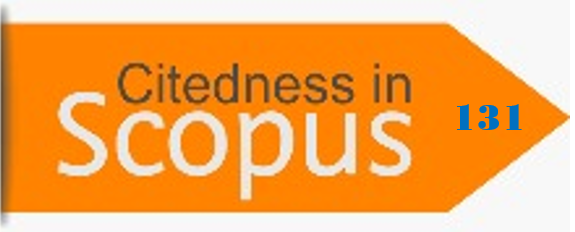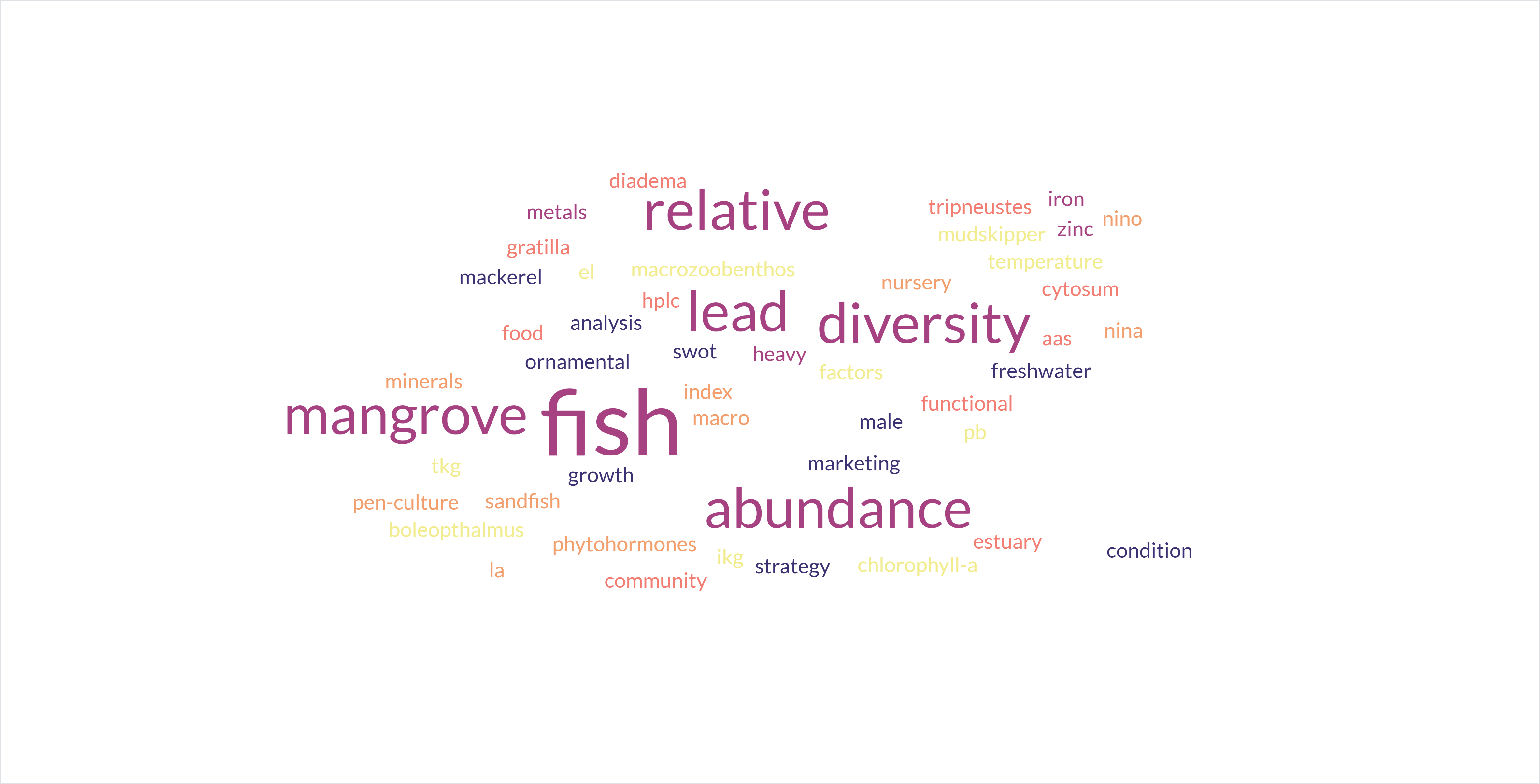Analysis Of Tsunami Hazard Potential On The Coast Of Bitung City, North Sulawesi
DOI:
https://doi.org/10.35800/jip.v13i1.60969Keywords:
bitung city, Tsunami, coastal area, earthquake, PusGenAbstract
This thesis aims to study the tsunami hazards in the Maluku Sea region, particularly in the coastal area of Bitung, Indonesia. The research focuses on modeling and analyzing the potential tsunamis triggered by earthquake events in that region. The data used includes bathymetry, topography, coastline, and river data obtained from the Geospatial Information Agency (Badan Informasi Geospatial-BIG). The tsunami modeling process utilizes the software COMCOT (Cornell Multi-grid Coupled Tsunami). The earthquake source parameters (PusGen) used in the modeling, such as magnitude, focal depth, length of the fault plane, the width of the fault plane, dislocation of the fault plane, strike, dip, slip/rake, and modeling area, were obtained from worst-case scenarios based on PusGen's research results. The research consists of two main stages: the pre-verification stage, where data processing and tsunami modeling are conducted, and the verification stage, where field surveys are carried out to determine the coordinates for Temporary Evacuation Sites (TEP) and Final Evacuation Sites (FEP). Various equipment, such as GPS, altimeters, stopwatches, cameras, and drones, are used during the field verification. The research procedures include a literature review, data collection of topography, bathymetry, earthquake parameters, and fault mechanism. Subsequently, tsunami modeling is conducted, and hazard analysis is performed based on the model results. Tsunami hazard maps are generated to highlight high-risk areas in the coastal region of Bitung, and evacuation routes are identified to prepare the coastal community of Bitung to face potential tsunami threats. The research offers important information to assist in the development of warning systems and efficient evacuation strategies to protect the coastal community of Bitung from tsunamis' devastating impacts.
Keywords: Tsunami; Bitung; coastal area; earthquake; PusGen
References
References
M. Asrurifak, M. Irsyam, B. Budiono, W. Triyoso, and Hendriyawan, "Development of Spectral Hazard Map for Indonesia with a Return Period of 2500 Years Using Probabilistic Method," Journal Civil Engineering Dimension, vol. 12, no. 1, 2010.
BMKG, "Pedoman pelayanan peringatan dini tsunami," Jakarta: BMKG, 2012.
BMKG, "Informasi gempabumi berpotensi tsunami," BMKG. [Online]. Available: http://inatews.bmkg.go.id/?act=tsuevents. [Accessed: Nov. 25, 2022].
E. Bryant, Tsunami: The Underrated Hazard (3rd edition). Chicester: Praxis, 2014.
Dewan Nasional Kawasan Ekonomi Khusus Republik Indonesia, kek.go.id. [Accessed: Nov. 24, 2022].
C. Goto, Y. Ogawa, N. Shuto, and F. Imamura, "Numerical Method of Tsunami Simulation with The Leap-Frog Scheme (IUGG/IOC Time Project)," IOC Manual, UNESCO, No. 35, 1997.
A. R. Gusman, A. D. Nugraha, and H. A. Shiddiqia, "Hypocenter relocations and Tsunami simulation for the 15 November 2014 Northern Molucca Sea earthquake in Indonesia," Jurnal Geofisika, vol. 15, no. 1, pp. 1-9, 2017.
Hamilton, "Tectonics of Indonesia Region," Washington: U.S Govt Print Off, 1979.
S. Harmsen, "USGS Software for Probabilistic Seismic Hazard Analysis (PSHA) Draft Document," USGS, 2007.
F. Imamura, Tsunami Modelling Manual. Disaster Control Research Center, Tohoku University, Senday, Japan, 2006.
A. Joseph, Tsunamis Detection, Monitoring, and Early Warning Technologies. USA: Academic Press, 2011.
E. K. Kertapati, Aktivitas Gempabumi di Indonesia. Bandung: Pusat Suvei Geologi, 2006.
D. Mardiatno, "A proposal for tsunami mitigation by using coastal vegetations: some findings from the southern coastal area of Central Java, Indonesia," Journal of Natural Resources and Development, vol. 3, 2013.
R. McCaffrey, E. A. Silver, and R. W. Raitt, "Crustal structure of the Molluca Sea collision zone, Indonesia," in The tectonic and geologic evolution of Southeast Asian seas and islands, 1980, pp. 161-177.
H. Mutmainah, D. W. Christiana, G. Kusumah, "Tsunami Mentawai 25 Oktober 2010 Dan Dampaknya Kini Terhadap Pantai Barat Mentawai," Jurnal Kelautan, vol. 9, no. 2.
National Centers for Environmental Information (NOAA), "Global Historical Tsunami Event and Runups," [Online]. Available: https://www.ngdc.noaa.gov/hazard/tsu.shtml. [Accessed: Nov. 1, 2022].
Pusat Studi Gempa Nasional (PusGen), "Peta sumber dan bahaya gempa Indonesia tahun 2017," Bandung: Pusat Penelitian dan Pengembangan Perumahan dan Permukiman Badan Penelitian dan Pengembangan Kementrian Pekerjaan Umum dan Perumahan Rakyat, 2017.
H. Satake, "Tsunami and Earthquake," Geological Survey of Japan, National Institute of Advanced Industrial Science and Technology, IISEE (International Institute of Seismology and Earthquake Engineering), Tsukuba, 2006.
P. M. Shearer, Introduction to Seismology (2nd edition). Cambridge University Press, New York, 2009.
A. Socquet et al., "Microblock stations and fault coupling in SE Asia triple junction (Sulawesi, Indonesia) from GPS and earthquake slip vector data," Journal of Geophysical Research, vol. 111, 2006.
S. P. D. Sriyanto, et al., "Pemodelan inundasi dan waktu tiba Tsunami di Kota Bitung, Sulawesi Utara berdasarkan skenario gempabumi Laut Maluku," Geomatika, vol. 26, no. 1, pp. 47-54, 2019.
S. P. D. Sriyanto, "Modifikasi Sistem Peringatan Dini Tsunami Sebagai Upaya Pengurangan Dampak Tsunami Di Wilayah Pesisir Kota Bitung, Sulawesi Utara," Tesis. Fakultas Perikanan dan Ilmu Kelautan. Ilmu Perairan. Universitas Samratulangi. Manado, 2021.
H. Tatehata, "Perspectives on Tsunami Hazard Reduction," edited by G. Hebenstreit. Vol.9. Kluwer Academic Publishers, Netherlands, 1997.
USGS, "Earthquake catalog," US Geological Survey, 2022. [Online]. Available: https://earthquake.usgs.gov. [Accessed: Nov. 2, 2022].
S. Widada, I. M. Darda, and A. Satriadi, "Identifikasi Wilayah Terdampak Tsunami berdasarkan Peta Ancaman Tsunami di Kabupaten Lumajang, Jawa Timur," Buletin Oseanografi Marina, 2022.
X. Wang and W. Power, "COMCOT: a Tsunami Generation Propagation and Run-up Model," GNS Science Report, 2011/43, pp. 203-222.
C. Widiwijayanti, C. Tiberi, C. Deplus, M. Diament, V. Mikhailov, and R. Louat, "Geodynamic evolution of the northern Molucca Sea area (eastern Indonesia) constrained by 3-D gravity field inversion," Tectonophysics.
S. Yudhicara, R. Robiana, and I. C. Priambodo, "The influence of coastal conditions on tsunami inundation of Bima bay, West Nusa Tenggara," Bulletin of the Marine Geology, vol. 29, no. 1, pp. 29-42, 2014.
Downloads
Published
How to Cite
Issue
Section
License
Copyright (c) 2025 Frangky Octavian Ulus, Stephanus Vianny Mandagi, Deiske Adeliene Sumilat

This work is licensed under a Creative Commons Attribution-NonCommercial 4.0 International License.
COPYRIGHT
Authors who publish with this journal agree to the following terms:
Authors hold their copyright and grant this journal the privilege of first publication, with the work simultaneously licensed under a Creative Commons Attribution License that permits others to impart the work with an acknowledgment of the work's origin and initial publication by this journal.
Authors can enter into separate or additional contractual arrangements for the non-exclusive distribution of the journal's published version of the work (for example, post it to an institutional repository or publish it in a book), with an acknowledgment of its underlying publication in this journal.
Authors are permitted and encouraged to post their work online (for example, in institutional repositories or on their website) as it can lead to productive exchanges, as well as earlier and greater citation of the published work (See The Effect of Open Access).



















